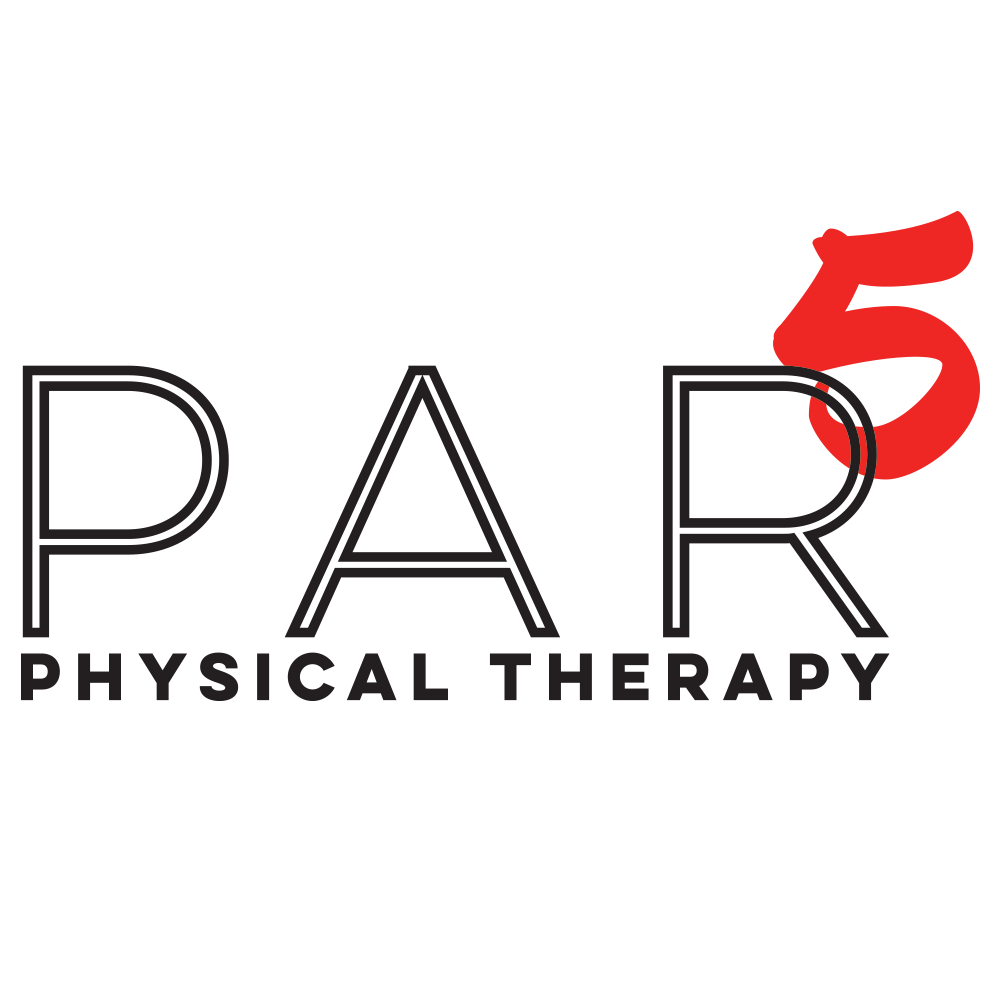Manual Therapy: The fifth PAR5PT pillar
Manual therapy is a cornerstone of the PAR5PT framework, providing a hands-on approach to diagnose, treat, and manage musculoskeletal pain and dysfunction. This pillar involves various techniques performed by doctors of physical therapy to manipulate muscles, joints, and soft tissues, aiming to alleviate pain, restore function, and enhance overall physical performance.
Importance of Manual Therapy
Manual therapy is vital for several reasons:
Pain Relief: Manual therapy techniques can significantly reduce pain by addressing muscle tension, joint restrictions, and soft tissue adhesions.
Improved Mobility: By restoring joint and soft tissue mobility, manual therapy helps enhance the range of motion and overall flexibility.
Enhanced Recovery: Manual therapy accelerates the healing process by improving blood flow, reducing inflammation, and promoting tissue repair.
Corrected Dysfunction: It addresses underlying biomechanical issues, helping to correct dysfunctional movement patterns and prevent future injuries.
Holistic Care: Manual therapy provides a holistic approach to treatment, considering the interconnectedness of the body’s systems and focusing on the root cause of dysfunction.
Conditions Treated with Manual Therapy
Manual therapy is effective in treating a wide range of conditions, including:
Muscle Strains and Sprains: Helps alleviate pain, reduce swelling, and promote healing in injured muscles and ligaments.
Joint Dysfunction: Addresses restrictions and misalignments in joints, improving mobility and reducing pain.
Back and Neck Pain: Relieves tension and restores proper alignment, addressing common issues such as herniated discs, sciatica, and whiplash.
Arthritis: Reduces pain and stiffness associated with osteoarthritis and rheumatoid arthritis, enhancing joint function.
Post-Surgical Rehabilitation: Aids recovery after surgery by reducing scar tissue, improving range of motion, and restoring strength.
Chronic Pain Conditions: Manages conditions such as fibromyalgia, myofascial pain syndrome, and chronic fatigue syndrome by addressing muscle tension and improving overall function.
Sports Injuries: Facilitates recovery from injuries such as tendonitis, bursitis, and ligament injuries, enhancing performance and preventing re-injury.
Techniques Used in Manual Therapy
PAR5PT physical therapists employ a variety of manual therapy techniques, each tailored to the specific needs of the patient. These techniques include:
1. Soft Tissue Mobilization
Purpose: Alleviate muscle tension and improve tissue flexibility.
Method: Techniques such as myofascial release, trigger point therapy, and deep tissue massage are used to manipulate the soft tissues, breaking down adhesions and promoting relaxation.
2. Joint Mobilization
Purpose: Restore normal joint movement and reduce pain.
Method: Involves the application of controlled forces to move a joint within its range of motion. Techniques include oscillatory movements and sustained holds to improve joint mobility and function.
3. Joint Manipulation
Purpose: Provide quick, controlled thrusts to a joint to restore proper alignment and mobility.
Method: Often performed on the spine but can be used on other joints, manipulation techniques can quickly alleviate pain and improve movement.
4. Muscle Energy Techniques (MET)
Purpose: Improve muscle function and joint mobility by using the patient’s own muscle contractions.
Method: The therapist guides the patient to contract specific muscles against resistance, then moves the joint into a new range of motion during the relaxation phase.
5. Strain-Counterstrain
Purpose: Reduce muscle and joint pain by positioning the body to relieve tension.
Method: The therapist places the patient in positions of comfort to alleviate strain and tension, holding the position for a period before slowly returning to a neutral posture.
6. Dry Needling
Purpose: Decrease muscle tightness, increase blood flow and reduce pain in soft tissue such as muscles, ligaments, or tendons.
Method: Inserting a thin, solid needle into trigger points in muscles, ligaments, or tendons to improve blood flow, relaxation, and decrease pain. It may involve small movements of the needle or combined with electrical stimulation. You can read more here.
7. Manual Lymphatic Drainage
Purpose: Reduce swelling and improve lymphatic flow.
Method: Gentle, rhythmic strokes are used to stimulate the lymphatic system, promoting the removal of excess fluid and toxins from the body.
8. Passive Stretching
Purpose: Improve flexibility and reduce muscle tension.
Method: The therapist stretches the patient’s muscles, holding the stretch for a set period to enhance muscle length and flexibility.
9. Instrument-Assisted Soft Tissue Mobilization (IASTM)
Purpose: Address soft tissue restrictions using specialized tools.
Method: Instruments are used to apply controlled pressure to the soft tissues, breaking down scar tissue and promoting healing.
Incorporating Manual Therapy into a Comprehensive Plan
In the PAR5PT framework, manual therapy is integrated with the other pillars—mobility, stability, balance, and coordination—to create a comprehensive treatment plan. This ensures that manual therapy enhances overall function and performance.
Manual therapy is a critical component of the PAR5PT philosophy, essential for alleviating pain, restoring function, and enhancing overall physical performance. By addressing soft tissue and joint restrictions through various hands-on techniques, physical therapists can help patients achieve greater freedom of movement, reduce pain, and improve their quality of life.
Embracing the pillar of manual therapy within the PAR5PT framework ensures that patients receive comprehensive care that addresses their unique needs and promotes long-term health and well-being. This approach not only addresses immediate concerns but also provides a strong foundation for future physical activities and overall quality of life.
PAR 5 Physical Therapy specializes in helping active individuals in Morris County, NJ get back to exercising and working out pain-free without taking time off or relying on injections/pain medication. PAR5PT offers physical therapy and performance services to all populations, with specialties in Orthopedics, Golf Fitness Training and Rehab, Manual Therapy Techniques, and Wellness Services.
If you’re dealing with anything, big or small, and you have questions, just call/text 973-490-4955.

